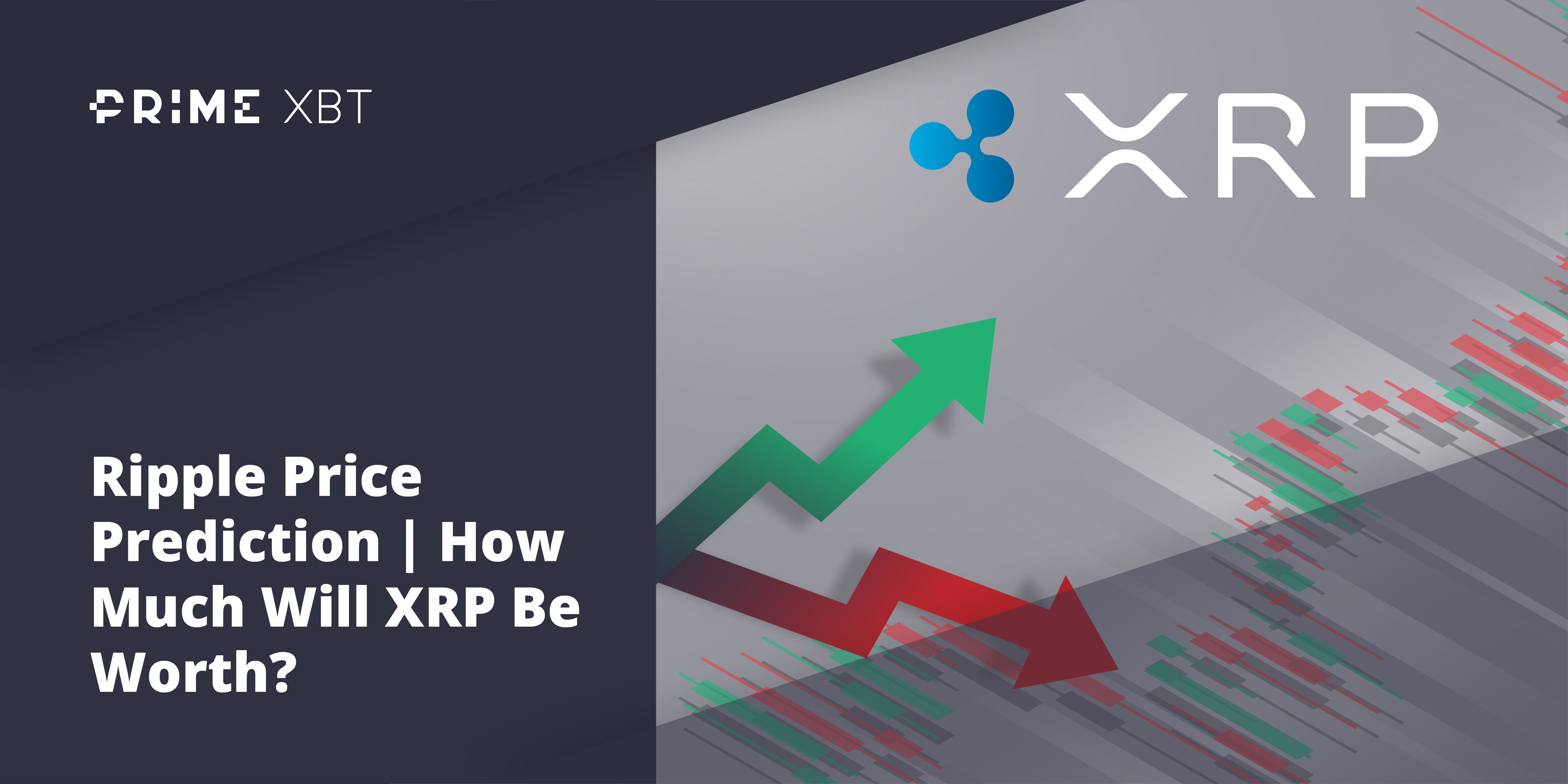The stochastic oscillator is a technical analysis indicator developed by Dr. George Lane in the late 1950s and is designed to gauge the strength and momentum of a trend using support and resistance levels. The term stochastic meaning itself is a reference to an asset’s price in relation to its price range over a specific set timeframe.
Stochastic Oscillator Definition
By definition stochastic oscillator is a momentum measuring indicator that uses price and its relation to a price range to deliver signals to traders and analysts. It is very commonly confused by traders as providing overbought and oversold signals, however, this is not the case. Instead, the signals suggest that a trend’s momentum is strong or fading, which could lead to overbought or oversold conditions before a reversal occurs.
Why The Stochastic Oscillator Matters
Traders and analysts often rely on a variety of technical analysis indicators, patterns, and other tools before making any decision about the market or regarding which positions to take. The stochastic is yet another tool that should exist within every trader’s arsenal, alongside other mainstay tools such as the MACD and Relative Strength Index. Together, these tools can help traders gain an edge.
The stochastic oscillator itself offers enormous benefits over the aforementioned indicators, namely due to how the stochastic oscillator’s readings change based on price movements in regards to their highs and lows. It’s given the stochastic oscillator a reputation of accuracy that’s unmatched when it comes to trading indicators and tools. Not only is it regularly used by traders and analysts for its extreme accuracy, but also due to its easy to understand signals.
Traders can observe the strength of a trend using the stochastic oscillator, identify when a trend may be turning, then use the information provided to determine if a trade should be entered.
How the Stochastic Oscillator Works
As one of the easiest to read indicators, the stochastic oscillator works by measuring the relation between an asset’s price and its price range over a specific timeframe. The idea behind the stochastic oscillator is that as an asset’s price is trending upwards, its closing price typically trades at the higher end of a day’s trading range and vice versa for assets that are trending downwards.
The stochastic oscillator uses a range graph or gauge similar to the RSI from 0 to 100, and depending on where the indicator is within that range can signal the strength of a trend. The oscillator is also comprised of two lines that can cross and provide further signals about the current price action and consists of a D-line (also called the slow stochastic) and the K-line (also called the fast stochastic).
The oscillator provides signals when the K-line or %K crosses through a three-period moving average, called the D-line or %D.
How the Stochastic Oscillator is Calculated
The stochastic oscillator uses the following formula to complete the K- line calculation:
K = 100 [(C – L5close) ÷ (H5 – L5)
Where:
C = the most recent asset price close
L5 = the low of the five prior trading sessions
H5 = the high of the five prior trading sessions
The stochastic oscillator uses the following formula to complete the D line calculation:
D = 100 (H3 ÷ L3)
Where:
L3 = the low of the prior three trading sessions
H3 = the high of the prior three trading sessions
How to Read the Stochastic Oscillator
When the range-bound indicator gravitates toward one extreme reading or another, it often suggests that a trend is at its strongest, but also can indicate that the trend and asset are reaching overbought or oversold conditions. A high reading of over 80 doesn’t show an asset is overbought, however, those conditions may be present if the trend is beginning to fail. Traders should wait for a strong reading in either direction, then watch for additional confirmations such as the stoch indicator turning down, or if the trendline is broken or another pattern is confirmed. Pairing the stochastic indicator with moving averages, or other indicators is yet another way to squeeze some additional accuracy out of the already very helpful and accurate trend measuring indicator.
How to Use the Stochastic Oscillator
Traders can utilize stochastic in several ways, primarily through watching for when trends turn into the other direction. Beyond this, understanding what the readings mean across the full range is the key to getting the most out of the stoch oscillator. Readings 80 or above suggest an uptrend is strong but may be ready to reverse, while readings below 20 could provide clues that a downtrend is coming to an abrupt end.
Pairing these signals with chart patterns, trendlines and more will result in even more successful trades. However, understanding and following any of the most commonly used stochastic trading strategies will improve a trader’s success rate and ROI.
The Best Stochastic Trading Strategies
Now that you’ve learned how to read and how to use the stoch oscillator, it’s time to put the knowledge into practice with real trading strategies. Because the stochastic oscillator is such a diverse tool, it can be used in a variety of ways by traders in order to gain a competitive edge within the market, and improve the win rate of trades using the indicator. Here are some of the most commonly used and best stochastic oscillator trading strategies explained.
Spotting Trend Reversals When Stoch Lines Cross

The stoch oscillator combines two lines, the D-line and K-line. When these two lines crossover, it gives traders a signal that a trend reversal may be occurring. In the above example, the red line crosses over the blue line. Traders can opt to take a short position the moment the line crosses, however, a more conservative approach is to wait for the stoch lines to fall back into the purple range of 80 or below. This tells the trader the trend prior trend has ended, reversed, and is beginning to trend in the other direction.
Watching for Continuation By Gauging Trend Strength

Because the stochastic oscillator is a trend measuring indicator, one of the most useful uses of the tool is to determine when trends will continue. In the example provided, price action can be seen trending downward with decreasing asset values. At the same time, the stochastic oscillator also continues to trend downward, heading deeper and deeper toward zero on the range graph. Stoch continuing to trend downward signals that the asset price will continue to follow until a trend reversal occurs.
Gain an Edge By Looking Out For Divergences

Like many other technical analysis indicators, a stochastic oscillator can be used to spot divergences between an asset’s price and the indicator itself. For example, when price sets a higher high, but the stoch oscillator fails to do the same, the result is typically a bearish reversal. The same holds true for bullish reversals, and spotting these divergences early can tip off traders to take positions before the market moves in that direction.
Drawing Trendlines on Stoch To Plan For Breakouts

Most traders considering technical analysis understand how to draw trendlines on price action to form various chart patterns to provide hints as to where a market may move next. However, even certain indicators, such as the stoch oscillator, can be even more helpful if trendlines are drawn. In the above example, the stochastic oscillator can be seen entering a tightening range, that ultimately breaks out to the upside with strength. At the same time, the price of the asset itself experiences a massive breakout and a resulting uptrend. Traders should look for an explosive break of a stoch trendline to match the price action, before taking a position.
Locate Support and Resistance Points

Stochastic can also signal where certain important levels of support and resistance may lie, and provide actionable clues for traders to take positions based on. In the provided example, the stochastic oscillator can be seen bouncing off of an area of resistance back in May 2018, staying under it until June 2019. However, once the resistance level was broken through on the stock chart, it later acted as support in July 2019. Once the stochastic made its way through it once again, the price level turned from support to resistance once again that the asset will need to break above to resume an uptrend.
Combining Stochastic With Moving Averages For Superb Signals

While extremely versatile, the stochastic oscillator should only be just one tool of many different indicators, moving averages, and more to form a trader’s toolset and arsenal. When combining certain tools, signals, and indicators, and synergistic effect can occur that allows one indicator to confirm the signals of another, making an extremely effective and profitable one-two punch for traders.
When combining the stochastic with moving averages, breakdowns and breakouts become even more clear with confirmation. In the example, the price can first be seen breaking up through the 10-week moving average and the 20-week, kickstarting an uptrend. When the asset breaks through the 50-week moving average later on, the trend really picks up in strength, even though it has at his point reached the high end of the range graph.
At this point, the trend appears to be waning, and a reversal is later confirmed when the asset price breaks back through two of the moving averages. Only a couple of short months later, the asset has reclaimed these moving averages and is ready to rally once again.
Tips for Traders And Common Mistakes
Combining the stochastic oscillator with MACD, RSI, price patterns, or even moving averages can increase its accuracy significantly and tends to help traders to make even more money.
Traders often confuse any readings above 80 as overbought or readings below 20 as oversold, however, that’s not how the stoch functions. Instead, it suggests that the trend strength is strong, and it is not until the indicator drops begin to fall back into the middle of the range that the trend should be considered as reversing.
Like many indicators, the stochastic settings can be altered by changing certain parameters, however, it is advised to stick to the tool’s default settings as those have proven to be the most successful. For example, typical values for N are 5, 9, or 14 periods. Smoothing the indicator over 3 periods is standard practice.
Conclusion
Now that you have learned all there is to know about the stochastic oscillator, you can put your new knowledge and skills to the test on Top Coin Miners.
The stochastic is just one of many technical indicators offered on the Top Coin Miners trading platform. There, new traders can open a free demo account to get started with no risk at all, or sign up for a free trading account and get started profiting right away.
Top Coin Miners has the most diverse variety of assets, including crypto, stock indices, commodities, and the world’s most popular forex currencies for providing access to all of the world’s financial markets under one roof. The platform also featured built-in charting tools, a lucrative referral program, and up to 1000x leverage on the assets offered.
Registration takes less than 60 seconds, requires no personal info, and will allow you to get started day trading immediately with just a small minimum initial deposit.


